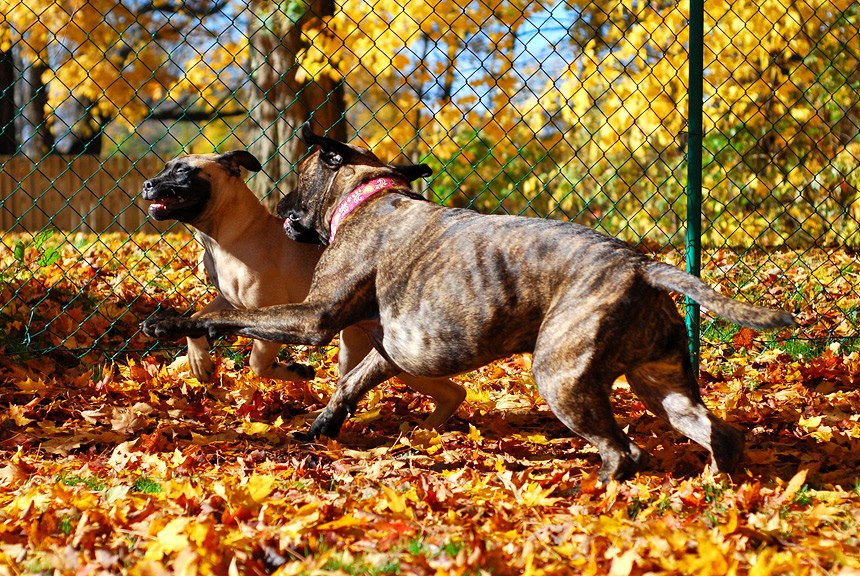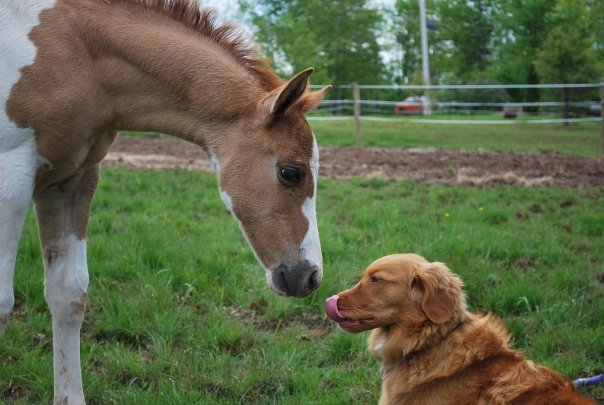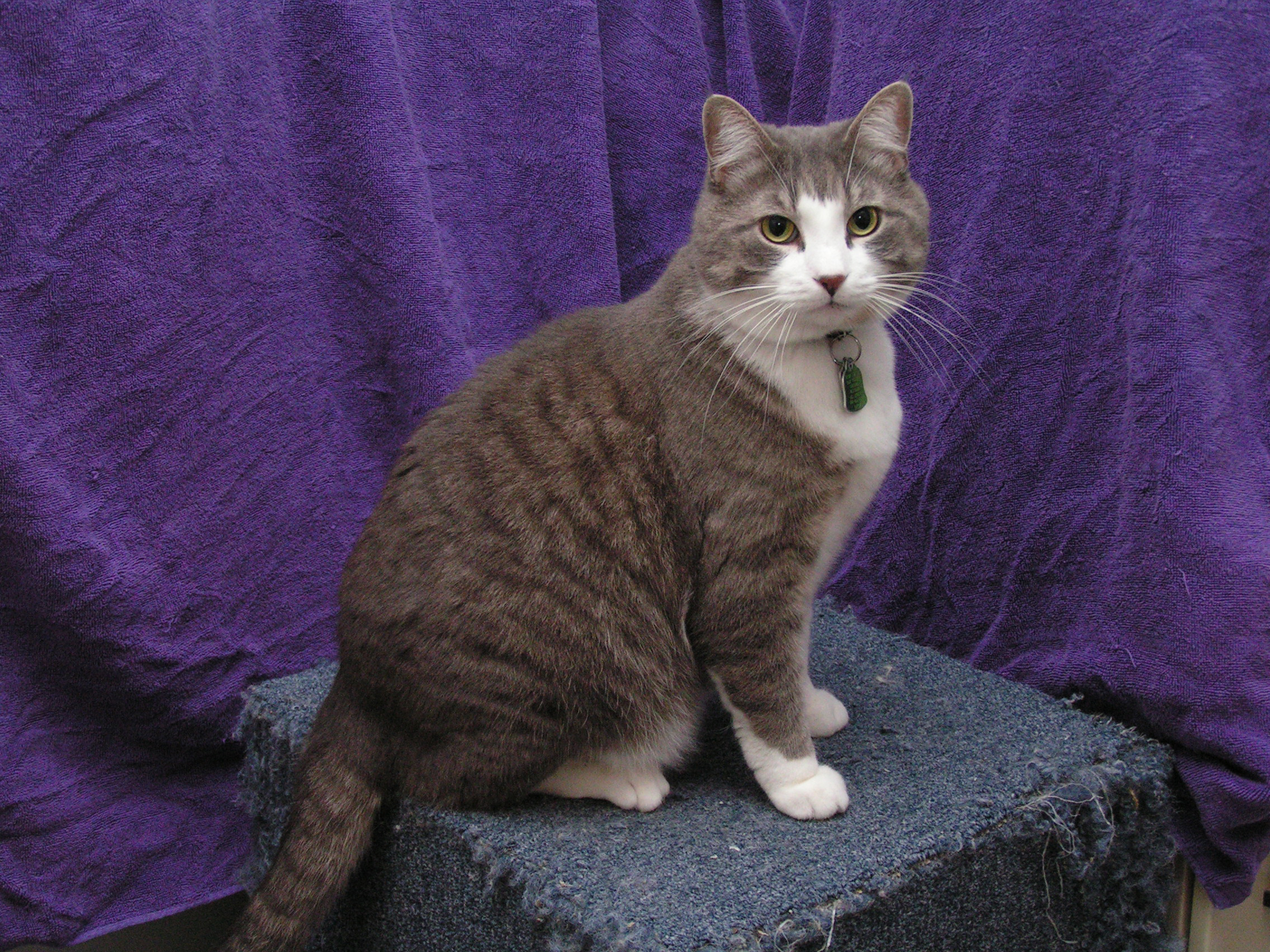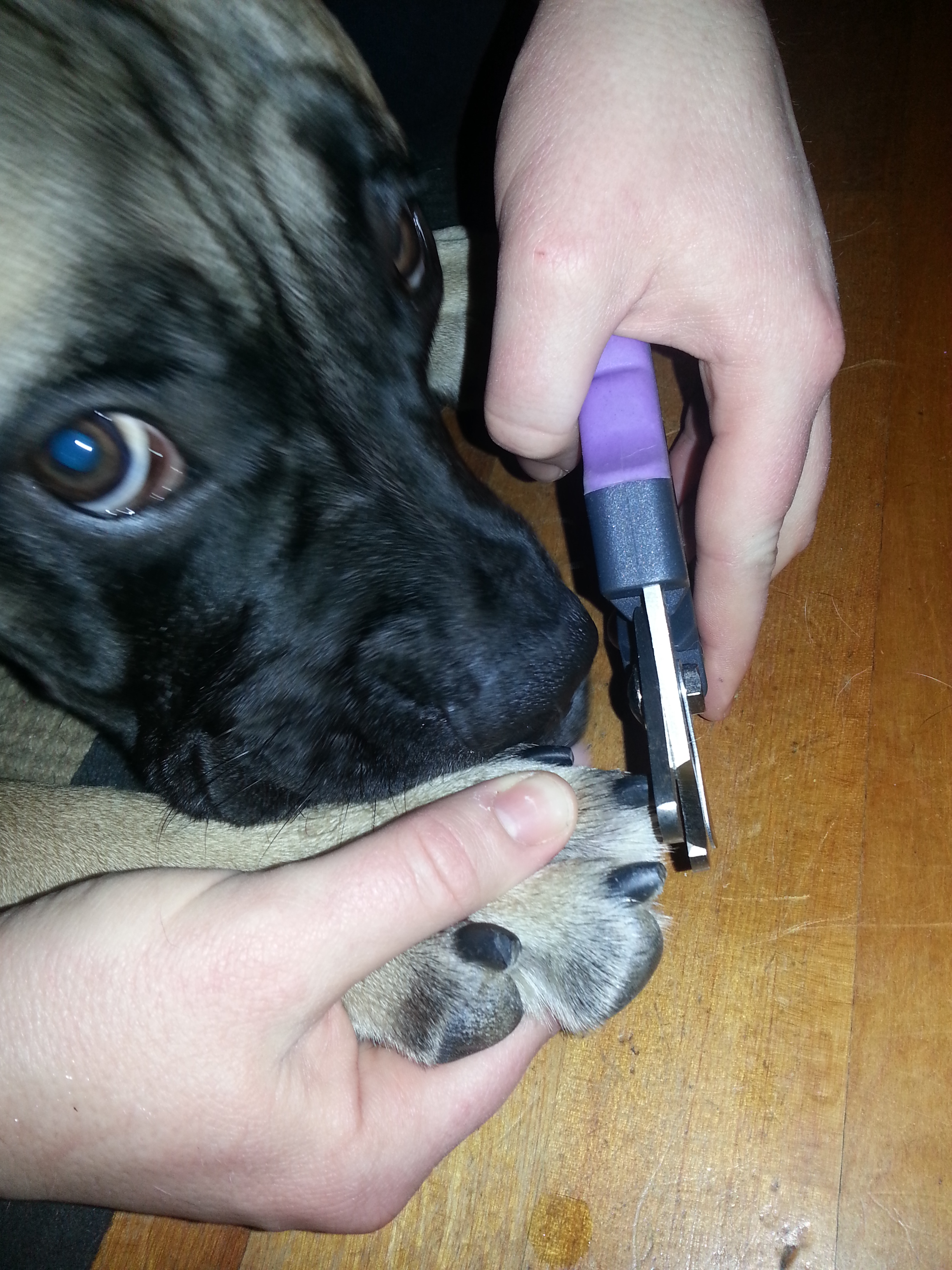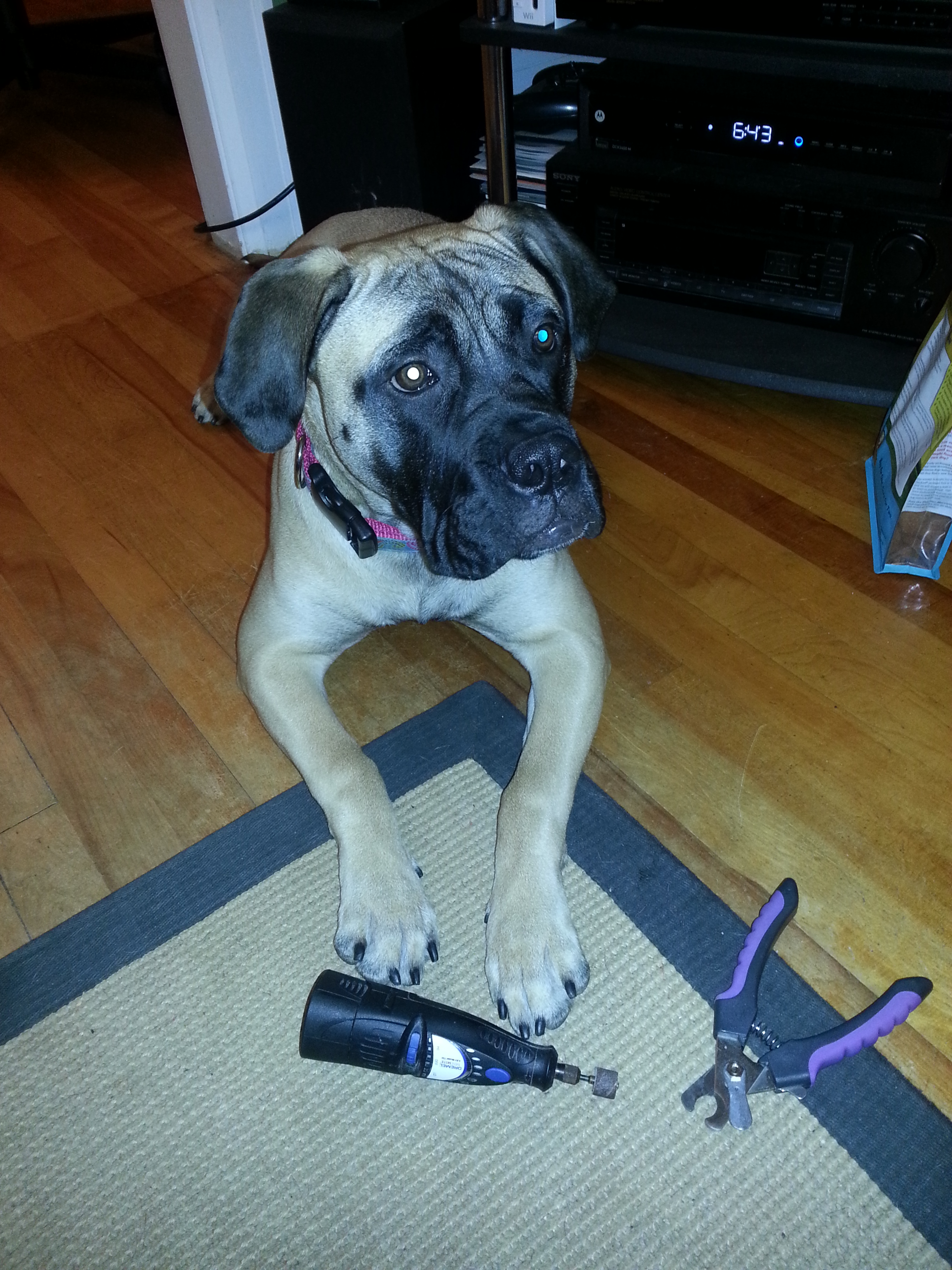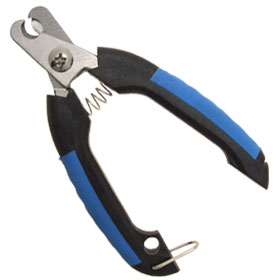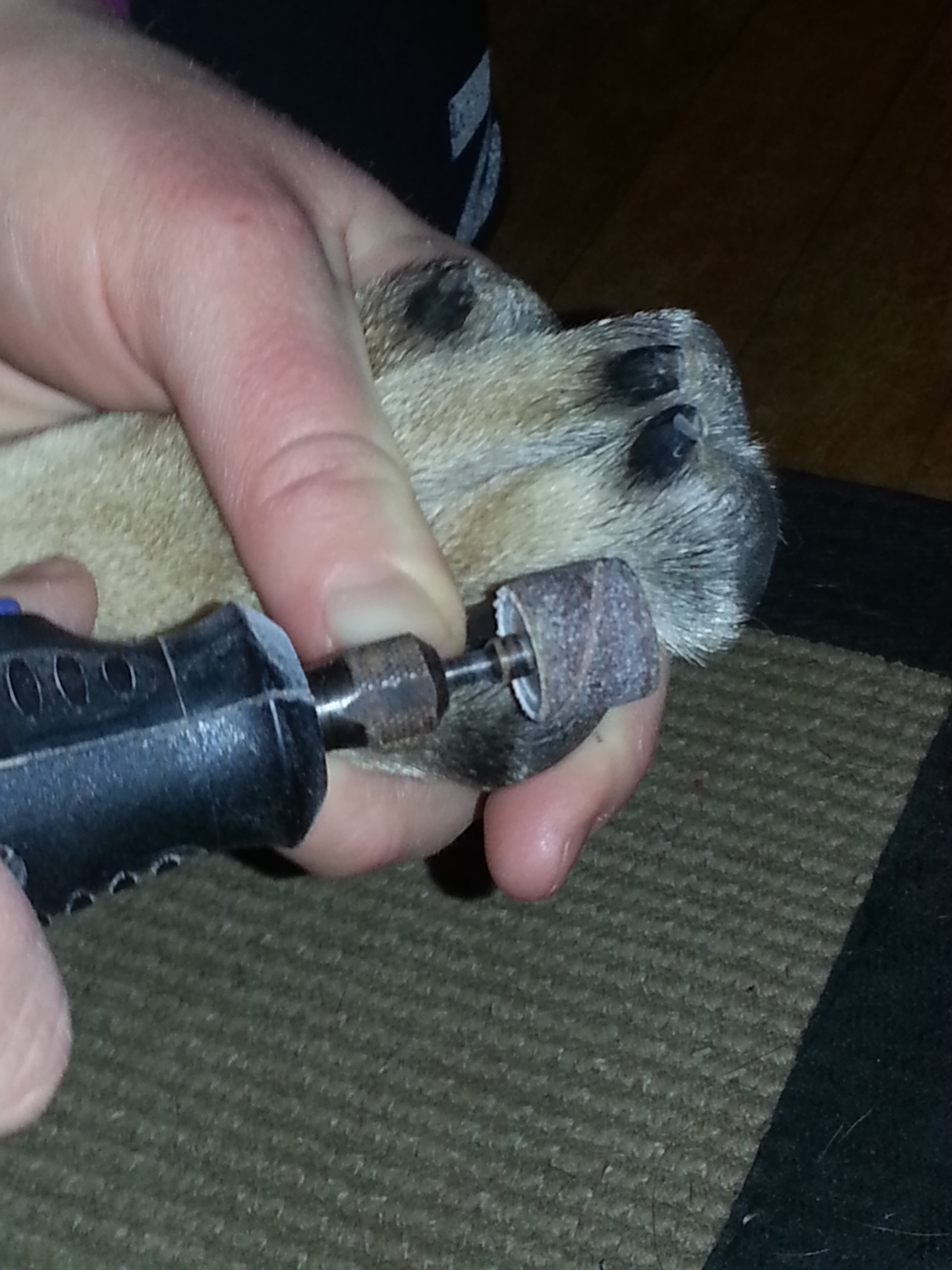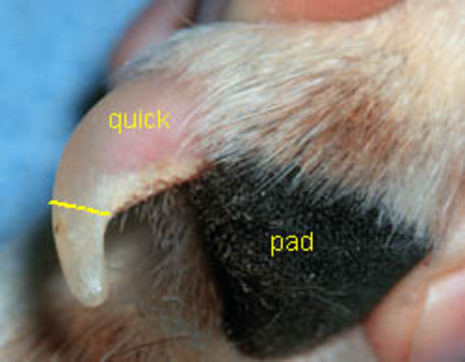A Social Puppy Is A Happy Puppy!
Courtesy of: Kaila
Did you know that socialization is one of the most important things you can do for your puppy? It is also the first step in raising a well-behaved dog. Proper socialization involves exposing puppies to as many new people, animals, stimuli and environments as possible during this time. It should be done safely and without causing overstimulation manifested as excessive fear, withdrawal or avoidance behavior. The crucial time period for socialization with your puppy is the first three months of life. Socializing your young puppy well means there is a better chance your puppy will be calm and accepting when he experiences these same stimuli again later in his life.
A dog that has not been socialized may become an epicenter in a storm of problems. Some dogs may even become sick from stress, which can inhibit your ability to train them. They can shed excessively and develop long-term health issues. Stressed dogs can be aggressive, unpredictable, and unmanageable, all of which may lead to a dog that bites. Therefore it is very important that you make socialization a priority in your training. Turn each opportunity of meeting someone or something new into a positive experience that results in treats, toys and fun!
Here at Truro Vet we offer a FREE Socialization Class every Thursday night at 6pm. We call it a Puppy “Party”. These classes are drop-in supervised one hour play sessions designed to help young puppies learn valuable play skills. Equally important, puppy owners learn the basics of dog body language. This should be considered a good addition to enrollment in a well-run puppy class, not a substitute for classes.
Puppies must be under 16 weeks of age the first time they attend and must have had at least one set of core vaccinations one week prior to attendance (including Distemper, Parvovirus and Bordetella). Puppies are exposed to a number of novel things to accustom them to a new environment and owners learn when and how they need to intervene in play.
You don’t have to be enrolled in other classes or be a client of Truro Vet in order to attend our Puppy Parties. We want this important first step toward a well socialized dog to be available to everyone. We also offer Puppy Classes which will continue to give your puppy great socializing opportunities. Here are a few other tips to help you out on your own:
- Give a treat to each person that your puppy will meet and ask them to give it to your puppy.
- Expose your puppy to lots of strange sights, sounds and situations. This will help them get comfortable and familiar with them.
- When you bring your puppy to class we can supply you with a socialization check list that has a variety of ideas.
If at any time during socialization the puppy becomes frightened (tries to run away, tucks his tail underneath flat against his belly, or attempts to snap at you) consider the following:
- Do not coddle a frightened puppy. Unknowingly you are praising his uncertainty; he will feel as though there is something to be unsure about. This will worsen the situation.
- Jolly him up with a silly voice, a treat or game.
- If a situation is overwhelming to the puppy, back away until the puppy is relaxed again.
- Start from this point and build up the pup’s confidence.
- Gradually get closer to the stimulus that is causing the puppy discomfort.
- Your ultimate goal is for your puppy to be confident and comfortable around stimuli that was previously scary to him.
Over time you and your puppy will become experts at meeting new people, seeing new sights and hearing strange sounds. For more information or to sign up for classes, please contact us at 893-2341.

